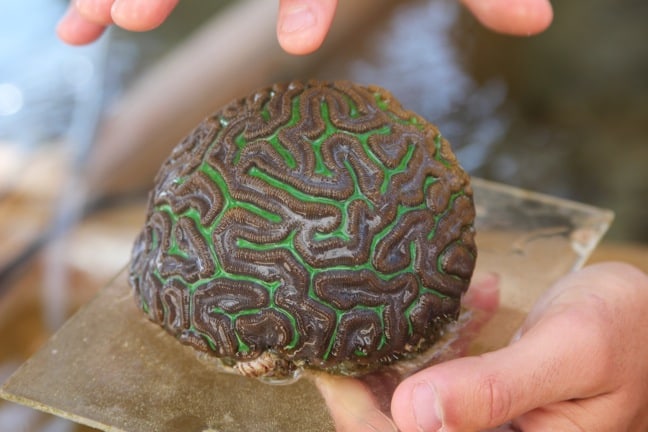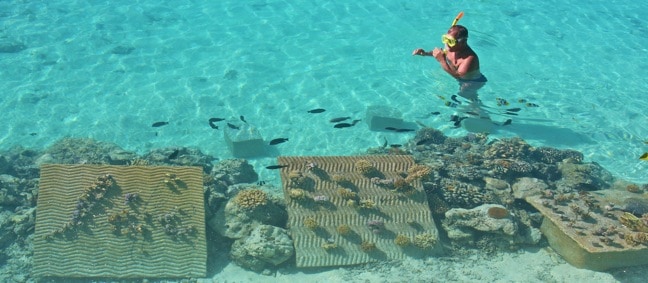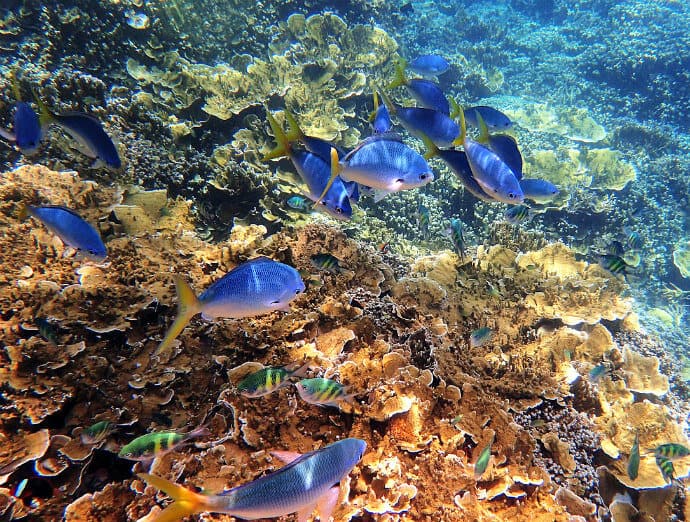If you’ve spent anytime snorkeling or Scuba diving in places like Australia, the Galapagos Islands, or Polynesia, you don’t need me to tell you that exploring the underwater world can be an extraordinary adventure.
And if you follow environmental news, you also don’t need me to tell you about the dangers climate change pose to the future of our planet’s marine ecosystems.
So instead, here are 25 fascinating facts about coral reefs that you might not know, from general info and the benefits of coral reef systems to a few of the world’s most impressive sites…
READ MORE: What Is Ecotourism? (The History & Principles of Responsible Travel)
Facts About Coral Reefs Around the World Guide
- General Facts About Coral Reefs
- The Benefits of Coral Reefs
- Facts About Coral Reefs Around the World
- Coral Reefs & Climate Change
READ MORE: The 30 Best Exotic Islands to Visit (World Travel Bucket List)

General Facts About Coral Reefs
1. Corals come in a wide array of shapes, sizes, and colors. Some are thought to resemble deer antlers, trees, giant fans, brains, and honeycombs.
2. Although many corals may look like plants, they’re actually animals. They are most closely related to Jellyfish and Anemones.
3. There are three different types of coral reef formations– barrier reefs, coral atolls, and fringing reefs. Barrier reefs help to protect lagoons and other types of shallow water, coral atolls (which are often mistaken for islands) are made from volcanic remains, and fringing reefs are found right along the coastline.
4. Coral reefs grow very slowly, at an average rate of just 2 centimeters per year.
5. Coral reefs only grow at a maximum depth of around 150 feet. This is because their biomes must maintain a temperature of 70 to 85º Fahrenheit. Shallower water is more easily warmed by the sun.

6. Strangely, most coral reefs seem to grow on the eastern side of land masses, where the temperature is believed to be warmer than the western side.
7. If you find a broken piece of coral on the beach, you can see its hard shell, which is actually an animal called a polyp. It is the cluster of these polyps growing together that gives coral reefs their shape.
8. Some coral reefs are more biodiverse…
Click Here to Read the Full Original Article at Green Global Travel…
